#african jewellery
Text
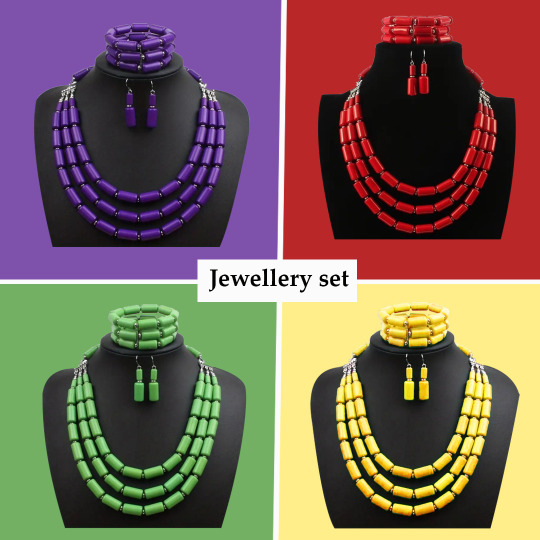
Dm us on instagram for any query
#african fashion#african jewellery#black girls are beautiful#black girls rock#black women#balckfridaysale#black girl magic#black girls in luxury#jewellery#jewellery set#black beauty#black is beautiful#natural black beauty#kavazi
16 notes
·
View notes
Photo
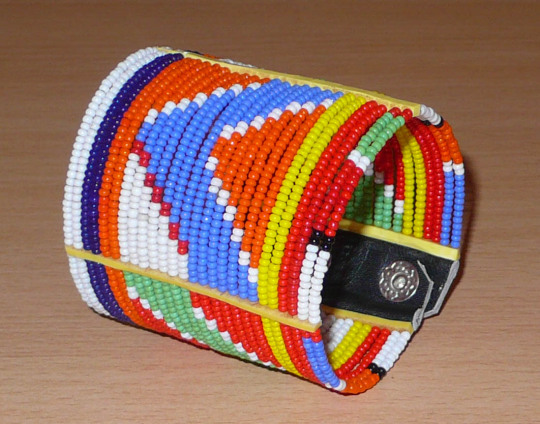
Bracelet africain Massai ::: Timeless Fineries
https://www.timeless-fineries.com/collections/bracelets-africains-massai
timelessfineries.etsy.com
#bijou africain#bracelet massai#bijou ethnique#timeless fineries#afro chic#mode africaine#bracelet africain#bijou tribal massai#bracelet traditionnel#motifs tribaux#african bracelet#maasai jewelry#tribal jewel#ethnic cuff#african jewellery#traditional beadwork#exotic jewel#african fashion#maasai cuff#tribal patterns#high cuff#pearl bracelet#multicolor seed beads
12 notes
·
View notes
Photo
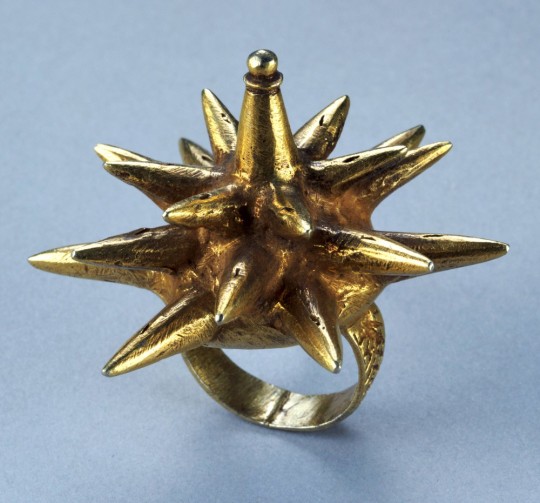
Akan artist, Ghana, Western Africa, Finger or toe ring (mpɛtea) in the form of a starburst or cocoon. Gold, 5.5 x 6.3 cm; 2.3 cm (ring diameter). Bequest of John B. Elliott, Class of 1951 (1998-639)
https://artmuseum.princeton.edu/collections/objects/36886
3K notes
·
View notes
Text






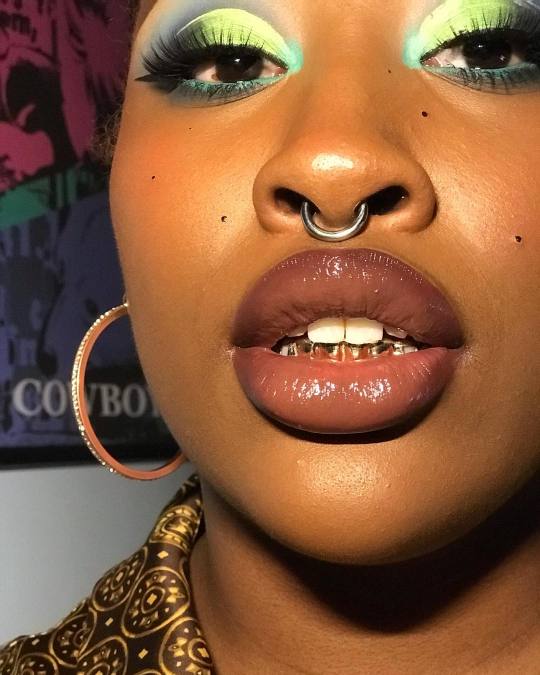
Gold teeth were first present in America during the Jim Crow era. Originally, it had become a tradition in Louisiana before becoming a fashion trend around the Deep South region in the early 1900s.

After slavery, it was believed that many African Americans who were former slaves began getting the permanent gold caps to replace their rotting teeth that have deteriorated. It later became a symbol of wealth for ex-slaves who once worked on the plantation fields in the South, specifically Louisiana, where it first become a tradition.

Blues, Jazz and freed slaves who had money would get the permanent gold cap fillings as a fashion statement as flaunted by Jack Johnson, the first African heavyweight boxing champion.

#african#afrakan#kemetic dreams#africans#brownskin#brown skin#afrakans#african culture#afrakan spirituality#gold teeth#grilz#grill#grillz#grills#jewellery#jewelry#jewlery#jazz#slavery#jim crow era#jim crow#jack johnson#african american#african american history#civil rights movement#civil rights#louisiana#south#the south#dirty south
113 notes
·
View notes
Text

Gold pendant, Asante people (Ghana), 19th century
274 notes
·
View notes
Photo

Cynthia 2016
#winglingtings#Cynthia#2016#colours#digital#photography#model#photoshoot#portrait#photo#Brisbane#Queensland#Australia#outdoors#park#jewellery#African
44 notes
·
View notes
Text

#blond guy#black guy#jewellery#dreads#street#boy#music#âa#smile#love#peace#african man#african vibe#Spotify
3 notes
·
View notes
Text

ig bellaalubo

#african#nigerian#bella alubo#dark skin#melanin#photography#black girl#nigeria#makeup#bone straight#jewellery#jewelry#bling#musician#artistes#female#woman#sober
9 notes
·
View notes
Text
SignatureJewellery




#silver jewellery black women#gold jewellery black women#jewellery for black women#jewellery dark skin#luxury black women#fashion#black fashion#black beauty#african beauty
24 notes
·
View notes
Text

AFRICAN JEWELLERY SET
#african fashion#balckfridaysale#black girl magic#AFRICANJEWELLERY#african jewellery#jewellery#jewellery set#black girls rock#africanfashion#african culture
1 note
·
View note
Photo
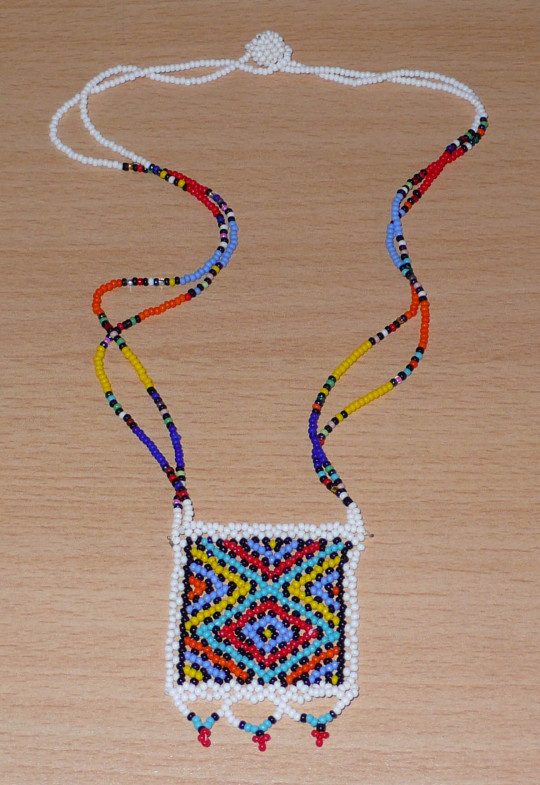
Bijou africain “Zulu Love Letter” ::: Timeless Fineries
https://www.timeless-fineries.com/products/collier-africain-zulu-love-letter
timelessfineries.etsy.com
#collier africain#bijou ethnique#timeless fineries#collier zoulou#perles#motifs tribaux#afrique du sud#tissage de perles#bijou exotique#afrique#zoulou#collier de perles#bijou blanc et multicolore#african jewellery#zulu#ethnic necklace#zulu jewelry#tribal patterns#exotic style#afro fashion#traditional beadwork#bijou traditionnel#african necklace#bohemian style
2 notes
·
View notes
Photo

The Gold of the Akan, https://www.museumliaunig.at/en/collections/akan-gold.html
105 notes
·
View notes
Video
youtube
Jewish silversmiths: Amazigh (Berber) jewelry from North Africa, April 27, 20221
Amazigh ear pendants, early 20th century (Anti-Atlas Region, Morocco), silver alloy, enamel, glass, and carnelian, 34.4 x 20.3 x 2.9 cm (Smithsonian National Museum of African Art, Washington, D.C.)
A conversation between Dr. Peri Klemm and Dr. Beth Harris
Smarthistory
Moroccan Jewish artist, Ear pendants, early 20th century
Morocco
Silver alloy, enamel, glass, carnelian
34.4 x 20.3 x 2.9 cm (13 9/16 x 8 x 1 1/8 in.)
Current Exhibition: Visionary: Viewpoints on Africa's Arts
With their practical and technical knowledge, African metalsmiths and casters create utilitarian objects and elaborate works of art. Archaeologists now estimate Africans have smelted ore, traded metal and cast or forged tools, weapons and objects for 5,000 years--long before European contact. After foreign trade routes were established, the arduous process of refining raw ores, which required large amounts of charcoal, was replaced by the less labor intensive pattern of buying iron rods and ingots of copper or brass that could be melted at the forge. At other times imported metal objects were melted down and recycled. With the increased availability of raw materials, the production of imaginative and intricate tools, weapons, jewelry, sculptures and currency flourished. Many individuals and communities stored, traded and displayed their wealth in the form of jewelry and nonfunctional currency blades rather than as coins or bar ingots. Silver jewelry is considered portable wealth throughout the mountainous Atlas region of Morocco. Women wear impressive displays of elaborate jewelry during important public gatherings, especially weddings, where silver symbolizes honesty and purity. The collection history and style of these ear pendants, which are worn suspended above the woman's ears, attached to her hair and affixed to a central forehead ornament, suggest a Jewish artisan made them for a Jewish client.
National Museum of African Art, Smithsonian
#Amazigh#Imazighen#Berber#art#art history#Moroccan#Jewish#jewellery#silver#enamel#filigree#glass#stone#carnelian#minerals#metal#20th century#National Museum of African Art#Smithsonian#fashion#costume#period dress#early 20th century#cloisonne#north african
11 notes
·
View notes
Text
Finding the unique handmade beaded necklaces? If you are looking for these, just get in touch with Wajoli African Wear. You can get a wide range unique jewellery piece. Please visit the website for more information.
0 notes
Text
Crafting Cultural Beauty: Exploring African Beaded Jewelry Techniques
African beaded jewelry is a vibrant and rich expression of cultural heritage, with each piece telling a unique story. In this brief blog post, we'll delve into the diverse techniques used in crafting these exquisite adornments, drawing inspiration from the wealth of traditional knowledge and artistic innovation found across the African continent.
1. Bead Stringing: One of the most fundamental techniques involves stringing beads together to form intricate patterns and designs. Artisans skillfully combine various shapes, sizes, and colors, resulting in visually stunning necklaces, bracelets, and earrings. Bead stringing is one of the techniques we use most at Thuhlo. For example, our African Beaded Triangle earrings are made using the bead stringing technique.

Image copyrights: Thuhlo Group (PTY) LTD
2. Wire Wrapping: Wire wrapping is a versatile technique where beads are secured by wrapping wire around them. This method allows for the creation of complex patterns and detailed designs. It's a popular choice for crafting statement pieces that capture attention.
3. Bead Embroidery: Bead embroidery involves sewing beads onto fabric or leather to create elaborate designs. This technique is commonly employed in making ornate collars, cuffs, and decorative patches. The meticulous craftsmanship showcases the skill and dedication of the artisans.
4. Bead Weaving: Bead weaving is a time-honored technique where beads are interwoven to form intricate patterns. This method is frequently used to create detailed patterns and shapes, producing pieces that are not only visually stunning but also culturally significant.
5. Bead Mosaics: African artisans often employ bead mosaics to create larger, more intricate pieces. This technique involves arranging beads into a mosaic-like pattern, resulting in bold and striking designs that pay homage to traditional motifs and symbols.
Conclusion: African beaded jewelry is a celebration of craftsmanship, culture, and creativity. At Thuhlo we honor the rich legacy of African beadwork and its enduring impact on the world of handmade jewelry.
Credit: The information presented in this article has been gathered from various external sources, and we would like to acknowledge their contributions. The following websites were used as references for this article:
Metropolitan Museum of Art - Beadwork in Arts of Africa and Beyond - Accessed on Tuesday, January 09, 2024.
Mawu Africa - Beadwork - Accessed on Tuesday, January 09, 2024.
Google Arts & Culture - How African Beadwork Changed The World - Accessed on Tuesday, January 09, 2024.
Albion Gould - A Brief History of Beading in South Africa - Accessed on Tuesday, January 09, 2024.
Britannica - Beadwork - Accessed on Tuesday, January 09, 2024.
#jewellery#african beads#Africa#Jewellerytechniques#making jewelry#beaded jewelry#making beadedjewellery
0 notes